
views
What is mouth taping?

Mouth taping is the practice of sleeping with your mouth held shut by a piece of tape. The practice involves taking a piece of specially designed tape and placing it over the lips, making it harder for the mouth to open. Taping one’s mouth is typically done to force breath through the nose, which some believe prevents mouth breathing, snoring, and other related sleep conditions.
Does mouth taping work?
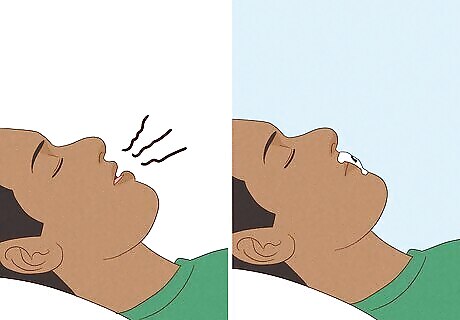
Research suggests that mouth taping may reduce snoring in some cases. In a 2015 study, mouth taping led to reduced snoring in people with mild obstructive sleep apnea. However, more research is needed to show if mouth tape impacts snoring in people without obstructive sleep apnea. For example, if someone snores as a result of nasal polyps or enlarged tonsils, there’s no current evidence to show that mouth taping will lessen their snoring. Mouth taping has also not been shown to improve asthma. In a 2009 study, mouth taping for 26-28 nights was shown to have no effect on asthma control in the research participants.
Benefits of Mouth Taping
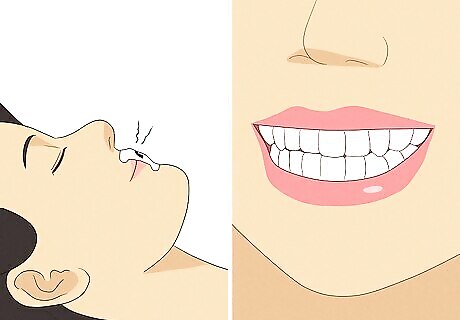
Mouth taping may reduce snoring and even dental issues. Mouth taping forces breath through the nose, meaning that the air entering the lungs will be more humid and less dry. Additionally, the nostrils filter out allergens, debris, and toxins from the air before they can reach the lungs. While further research is needed to prove the efficacy of mouth taping as a whole, many claim that mouth tape reduces negative effects associated with mouth breathing, including: Dry mouth Cavities Gum disease Bad breath Snoring Sleep-disordered breathing, such as sleep apnea Decreased working memory and cognitive ability Slowed growth in children Symptoms of attention deficit hyperactivity disorder (ADHD) A receding chin and jaw
How to Use Mouth Tape
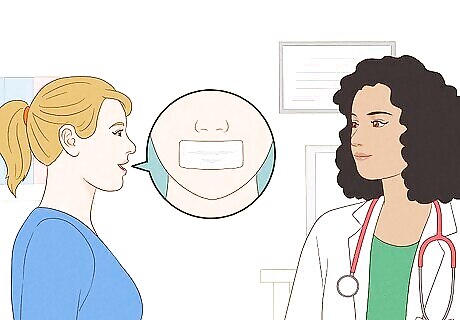
Talk to a doctor before using mouth tape for snoring. Get the all-clear for your health before attempting mouth taping. A medical professional can help you figure out why you breathe through your mouth while you sleep, such as nasal polyps, enlarged tonsils, or sleep apnea. Some of these conditions may require medical intervention before using a home remedy like mouth tape. Failing to identify a condition such as sleep apnea, for example, could lead to more serious conditions like type 2 diabetes, strokes, and heart attacks.
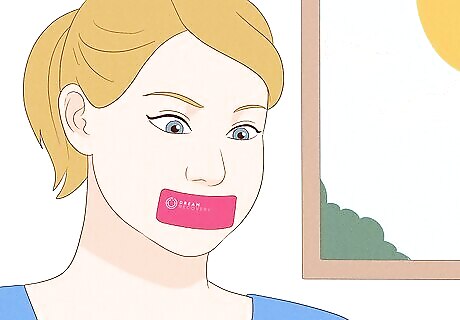
Test out your mouth tape during the day before attempting it at night. Place the mouth tape over your upper and bottom lips and leave it on for a few hours during the day. You can try it while you’re hanging out around your house or while taking a brief nap. If you have any skin irritation or trouble breathing, don’t use the mouth tape at night and seek out alternative solutions.
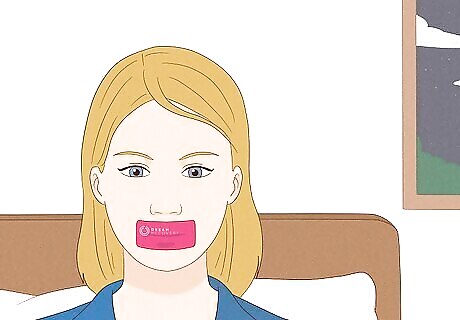
Place a piece of porous tape over your mouth before going to sleep. Use a piece of tape that's wide enough to cover both your top and bottom lips, or cut two pieces to make an “X” mark over your top and bottom lips. Keep in mind that there are no official medical or dental guidelines for mouth taping. However, there are certain steps you can take to tape your mouth as safely as possible: Brush your teeth before affixing your mouth tape. Apply a lip balm, petroleum jelly, or food-safe oil onto your mouth and lips before sticking on the tape. This step may help to minimize irritation and leftover residue. Consider folding over a small corner of your tape before application to make it easier to remove in the morning. Follow all package directions when applying the tape. Choose a product like Dream Mouth Tape that comes in various styles to fit your facial features and shape preferences. Take off the mouth tape immediately if you have trouble breathing or can’t breathe through your nose. Tell your doctor that you can’t get enough air in through your nose, as this may be a sign of a treatable obstruction or allergies.
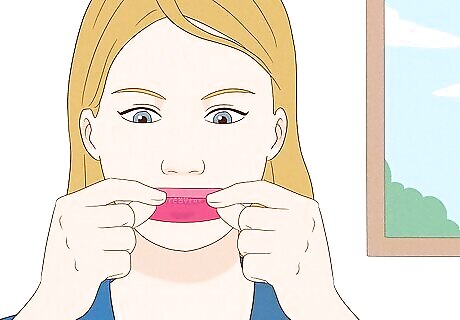
Remove your mouth tape when you wake up in the morning. Pull the tape off in the direction of the adhesive. If you’ve used a high-quality, specially-designed tape like Dream Mouth Tape, look at their packaging directions for specific instructions. When removing Dream Tape, for instance, always pull downwards (rather than across) for a painless removal.
What Kind of Mouth Tape to Use for Sleep
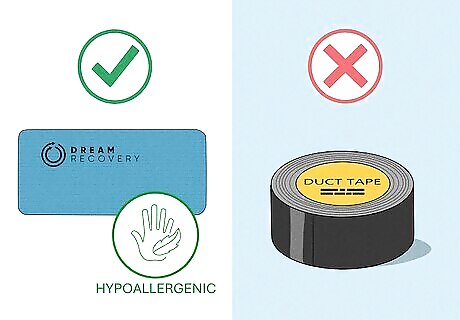
When mouth taping, use a porous tape designed for human skin. Look for adhesive strips that are specifically suited for the skin, such as hypoallergenic tape, surgical tape, and athletic tape. Avoid tapes that are not intended for use on the body, such as masking tape or duct tape. These tapes are more likely to cause irritation or allergic reactions.
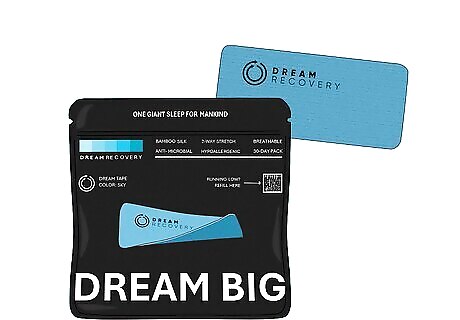
If possible, use a product specific to mouth taping like Dream Mouth Tape. Tapes that are specifically designed for mouth taping are more likely to be safe, effective, and suitable for this practice. Dream Recovery’s Dream Mouth Tape, for instance, is made of organic bamboo silk to provide a comfortable and gentle feel against your skin. The tape’s antibacterial and antimicrobial properties make your mouth-taping more hygienic and reduce the chances of skin irritation or other potential side effects. Plus, Dream Tape is designed to stick to your skin for up to 12 hours, meaning that you can rely on it to hold firm throughout the night and avoid any discomfort.
Potential Side Effects of Mouth Taping
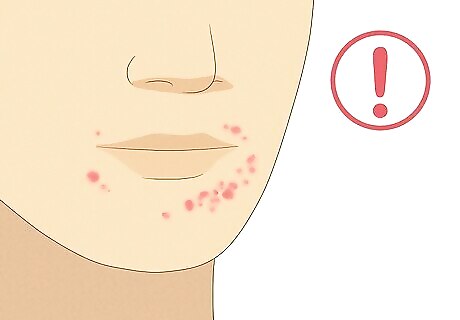
Mouth taping may produce side effects like skin irritation. Similar to the benefits of mouth taping, there hasn’t been enough conclusive research done on the practice to report concrete side effects. However, anecdotal evidence suggests that the following risks and side effects may result from mouth taping: Pain when removing the tape (especially for users with facial hair) Disrupted sleep due to skin irritation or difficulty breathing through the noise Anxiety for those who feel discomfort having their mouth taped shut Skin irritation on or around the lips. If you have sensitive skin, try a specially designed mouth tape that’s infused with skincare ingredients. The Dream Mouth Tape from Dream Recovery, for example, is infused with ingredients like collagen, Vitamin E, and aloe vera extract to help soothe your skin.
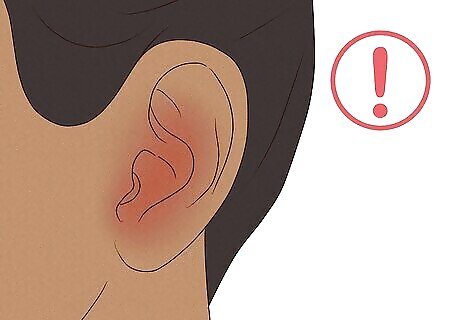
Avoid mouth taping if your breathing is already impacted by another condition. For example, you should not use mouth taping if you have a cold or if you’ve recently consumed alcohol or taken sedatives. Other instances in which you should not use mouth taping include when you have: An ear or sinus infection Seasonal allergies Acid reflux Nasal breathing problems, such as nasal polyps A body mass index (BMI) over 35 Severe heart or lung problems Severely chapped lips or broken skin around your lips and mouth Note: It is unlikely that mouth taping alone would cause suffocation, but it does impair your ability to take full and deep breaths. Avoid using duct tape or any other type of household tape, and remove your tape immediately if you’re struggling to breathe at night.
When to Talk to Your Doctor About Mouth Taping
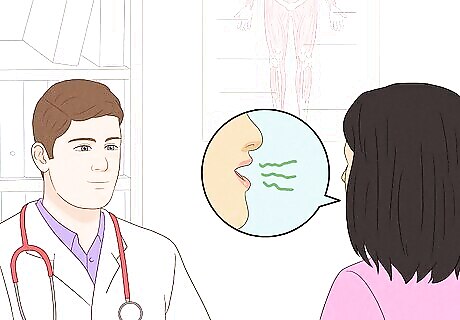
Talk to your doctor about mouth taping if you experience disordered sleeping or another serious issue. Before trying mouth taping for the first time, consider speaking with your primary care physician if you believe you have a sleep disorder, are experiencing severely bad breath, or have a child who breathes mostly through their mouth. In these cases, it’s best to speak with a medical expert rather than attempt home remedies. Sleep disorders require professional diagnosis and treatment. Opting for a home remedy like mouth taping before seeing a doctor could delay a much-needed treatment. Severe bad breath could be a symptom of underlying issues like cavities, sinus infections, or ulcers. Visiting your doctor to identify possible conditions is an important step to take before beginning mouth taping. If your child struggles with mouth breathing, this habit may stunt their growth and needs the attention of a doctor. Plus, mouth taping hasn’t been studied in children, so it should be avoided in this age group.
Alternatives to Mouth Taping
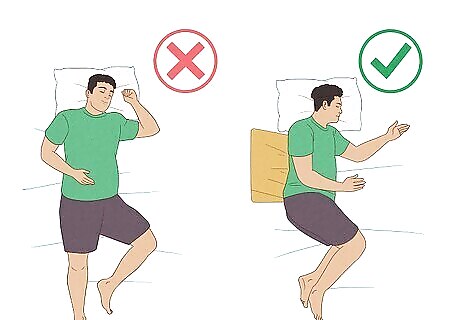
If you want to prevent snoring, try lateral sleeping. Sleeping on your back or stomach can worsen symptoms of sleep apnea and cause severe snoring, while sleeping on your side can reduce these symptoms. Try training yourself to sleep on your side by placing a wedge pillow behind your back to prevent you from lying flat on your back. Alternatively, look for specially-made electronic devices designed to vibrate when you shift onto your back or stomach. Over time, the vibrations should condition you into resting on your side as you sleep, stopping your snoring naturally.

If you want to prevent bad breath or dental issues, visit a dentist. Your dentist will go over your dental health and look for hidden cavities, plaque buildup, or gum issues that may be causing your bad breath or other dental problems. Also, make sure to practice general oral hygiene by brushing your teeth and tongue twice daily with toothpaste. Floss once a day and schedule regular dental checkups and teeth cleanings with your dentist. If your dentist determines that your dental issues stem from dry mouth, talk to them about options to reduce your saliva production with treatments like sucking on sugar-free candy or using a moisturizing oral rinse.
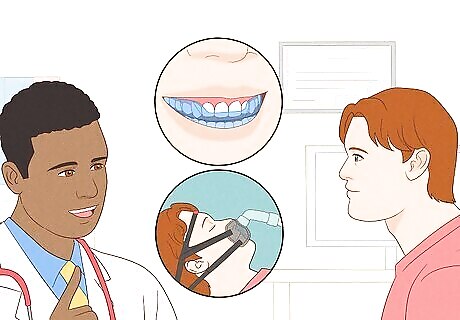
If you want to treat sleep apnea, speak to a doctor about your options. Sleep apnea is a condition that requires proven medical treatments rather than home remedies. Visit your primary care physician to discuss potential treatments for sleep apnea, which may include: Healthy lifestyle changes CPAP therapy Oral appliance therapy Orofacial therapy Surgery to remove obstructions or open your airways
Frequently Asked Questions About Mouth Taping

What causes snoring? Snoring may stem from a variety of potential causes, but the main reason is a constricted airway. When your airway is constricted, the tissues in the throat vibrate against one another as air tries to pass through. Those vibrating tissues create the noise that we know as snoring. Common causes of snoring include: Nasal congestion from allergies or the common cold Deviated septum Enlarged tonsils Weak jaw muscles Excess weight on the chin that pulls the mouth downward
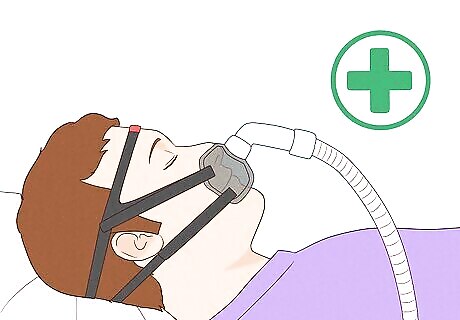
Is mouth taping better than using a CPAP machine? If you have been diagnosed with or believe that you have sleep apnea, it’s best to use a medically-approved treatment like a CPAP machine rather than mouth tape. CPAP (Continuous Positive Airway Pressure) machines are considered to be the most effective and least invasive treatment for sleep apnea. If approved by your doctor, some mouth tapes can be used alongside a CPAP machine, including Dream Tape by Dream Recovery.
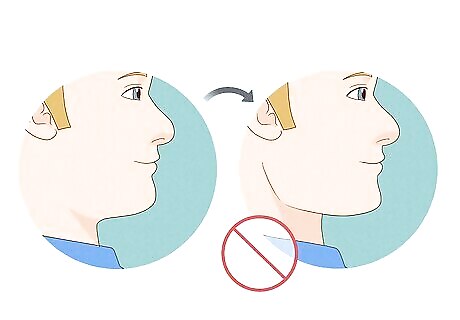
Can mouth taping improve your jawline? While some social media trends suggest that mouth taping can sharpen your jawline, there are no scientific studies to prove that mouth taping improves one’s facial features. However, chronic and lifelong mouth breathing is linked to recessed chins and jawlines in adults. In these cases, however, the only medical option to reverse these features is orthognathic corrective surgeries.
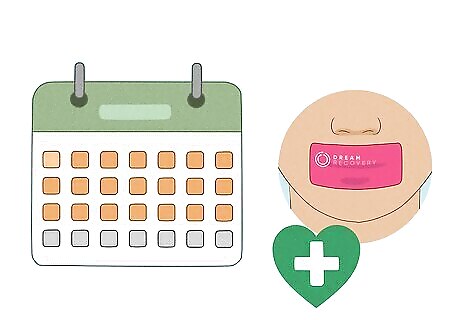
How long does it take to see the results of mouth taping? More research is needed to know how often or for how much time mouth taping needs to be done in order to see results. However, anecdotal evidence suggests that you may notice benefits after the first night or after a few weeks of consistent use.

Is mouth taping recommended by dentists? There is currently not enough research to support the potential benefits of mouth taping, so the American Dental Association does not currently include mouth taping under its list of dental care guidelines or sleep apnea treatments. However, more studies are needed to definitively prove or disprove the effects of mouth taping.



















Comments
0 comment